A Hosta for Every Garden
Dotti Franz, Master Gardener2023-09-13T02:34:26-06:00What is there NOT to love about Hostas? These versatile plants are spectacular with their mounds of lush green leaves in an assortment of elegant shapes, sizes, patterns, and textures. Hostas have increasingly become the “go-to” selection for partially or fully shaded garden areas. They thrive as understory plants and are available in hundreds of varieties! This article covers everything you need to know to get started with Hostas in your own garden.
What are Hostas?
Native to northeast Asia, Hosta (also commonly known as the Plantain Lily) is a genus belonging to the Asparagacea family. As deciduous perennials, these easy-care plants do not remain evergreen but will return reliably every year in USDA hardiness zones 3A-9B. Though prized mainly for their intriguing foliage, Hostas bloom in summer with showy, often fragrant, spires of lavender or white flowers. The bell-shaped blossoms soar high above the foliage, attracting clouds of beneficial pollinators, especially delightful hummingbirds, butterflies, and bees.
Miniature or dwarf Hostas may grow up to four inches, making perfect choices for containers or small beds. Giant, mammoth-sized cultivars create dramatic focal points in the landscape. However, most varieties are medium-sized, reaching one to three feet in height and spread. Varieties with deep green or blue-tinged leaves deliver a calm, cooling effect to the summer landscape, while those with variegated leaves of green, white, chartreuse or gold will light up even the shadiest corner of the garden. Leaf textures may be smooth, prominently veined, or puckered. Hostas mix beautifully with other shade-loving plants, including Euphorbia, Ferns, Coleus, Coral Bells, and Impatiens.
Hosta Planting and Care Information
Before selecting a Hosta variety for your garden, learning how much space is needed between each plant is essential. In general, allow about 1-5 feet between plants, depending on their size at maturity. Plant Hostas in early spring, before the summer heat arrives, or early fall. If planting in a container, keep the plant at the same depth as its original container. Then, you can apply a two-inch layer of mulch near the base for extra protection. Hostas look their best when arranged in groupings of 3-5, and they prefer a site receiving partial sunlight or 2-4 hours of sun daily.
Although some cultivars can adapt to various soil types and pH levels, most thrive in neutral to slightly acidic, loamy, evenly moist, well-drained soils. The best way to provide nutrients to the plants is by adding fresh compost to the soil in spring. You can fertilize Hostas with a balanced, organic fertilizer in spring, following the directions on the product label. You can propagate or create new plants by carefully digging your Hosta, lifting the root ball, and dividing it into sections for transplanting elsewhere in the garden. Early spring or early fall is the best time for transplanting.
Should I prune my Hosta plants?
Hostas are most beautiful when you remove the yellowing or dead leaves regularly. Also, be sure to trim back flower spikes after they bloom. In fall, you can leave the foliage on the plant to help protect the crown during the winter.
Hosta Leaves – Water, Pest, Disease Management
Why are my Hosta’s leaves yellow?
Careful watering is essential. Overwatering and poorly drained soil can cause yellow leaves. Although Hostas love even moisture, they detest wet, soggy conditions! It is crucial to space plants properly to allow air to circulate and prevent serious diseases, such as anthracnose. If yellowing occurs, immediately remove and discard the damaged leaves and ensure the soil drains well. On the other hand, if your Hosta gets too much sun or not enough water, its leaves can turn crisp and brown from leaf scorch.
Why are there small holes on my Hostas?
If suddenly you notice small holes in your Hosta leaves, slugs or snails are the likely culprits. These critters feed at night, and Hostas are their favorite food! To help prevent more leaf damage, you can water early in the morning so the leaves dry entirely before slugs re-emerge at night. It also helps to remove any leaves or other debris around the plants so the pests won’t have any place left to hide. Remove slugs by hand at night using a flashlight or by placing beer traps near the plants. Slugs and snails are attracted to shallow containers of beer and will “drown.” Fortunately, plant breeders continue developing newer, more slug-resistant Hosta varieties. Those with thick, wavy leaves repel slugs the best.
Caring for Hostas with PlantTAGG
If you’re looking to get started with Hostas in your yard or wanting to make your existing shade garden shine, PlantTAGG can help! Download the app today (available for both Apple and Google) – it’s always free to use.
PlantTAGG’s patented Thrive Scorecard feature can help you decide whether your favorite Hosta varieties will thrive in your yard. You can learn more about Thrive Scorecard in this video.


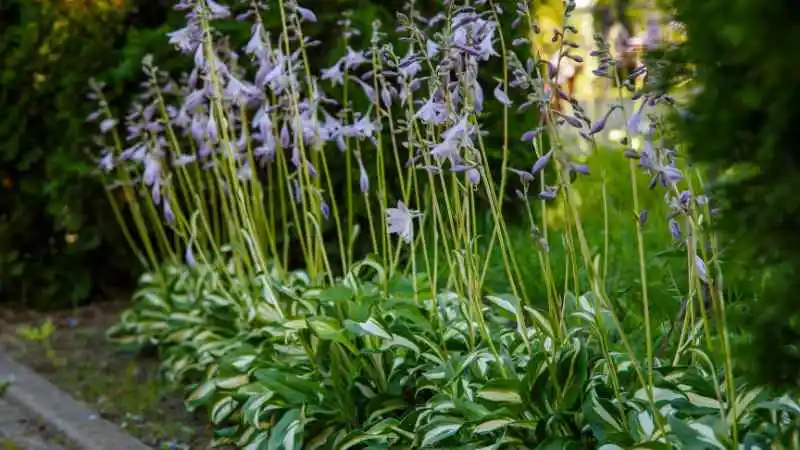

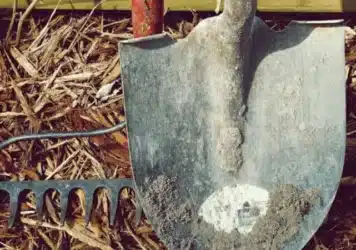
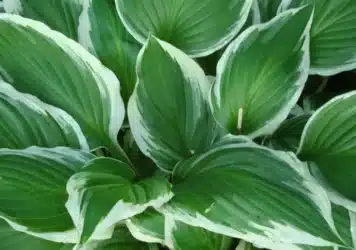

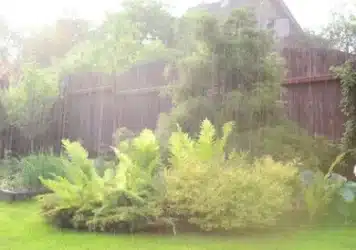
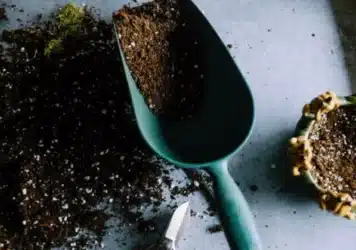
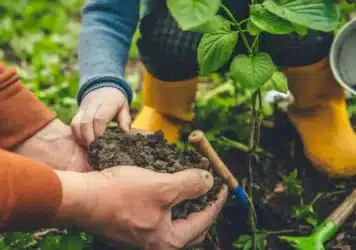
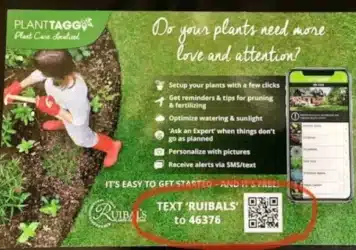


Leave a Reply